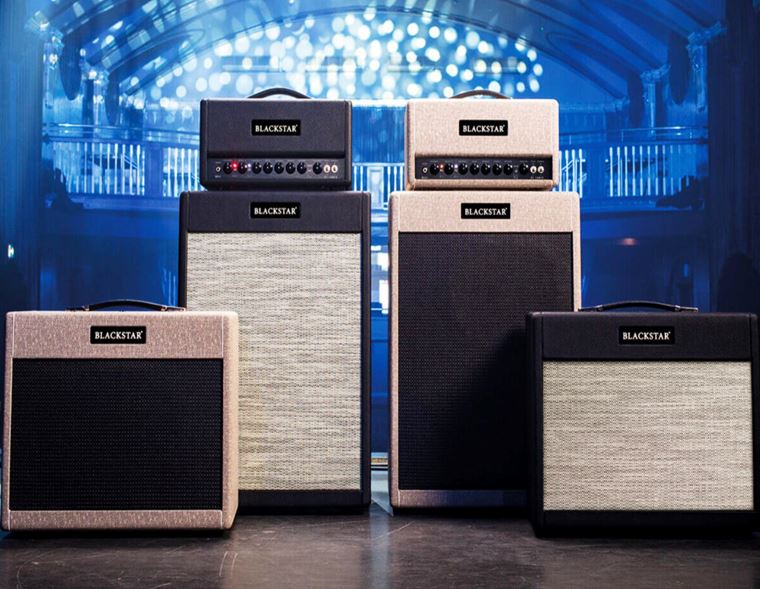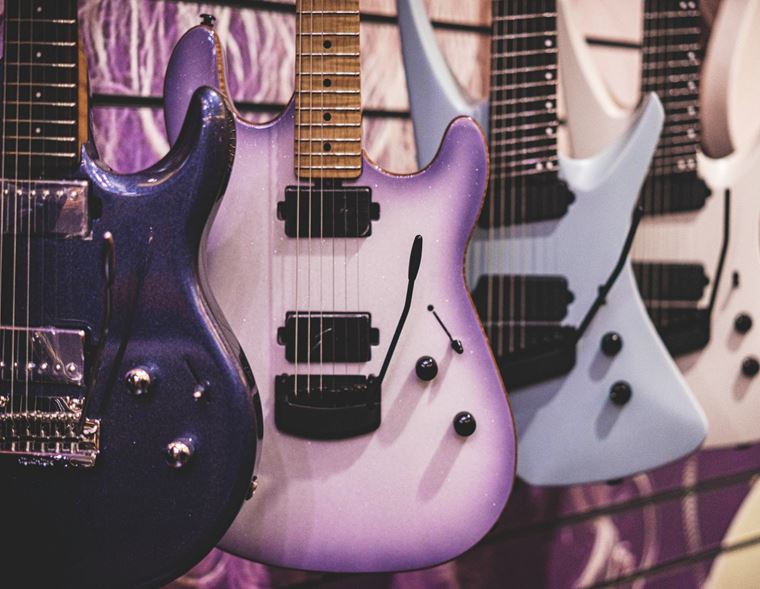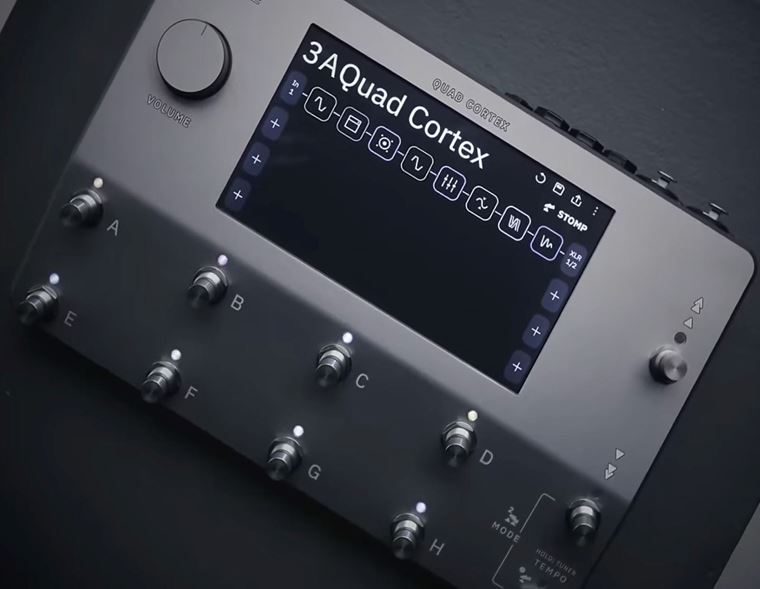25 Guitar Essentials: Gear & Accessories Every Player Should Have
Published on 30 June 2023
Whether you’ve just bought your first guitar or are a seasoned pro with a Bonamassa-worthy collection, there are certain basics you simply need to have to fully enjoy your playing experience. Guitar accessories are fun essentials that are not only crucial in making your life as a guitar player easier but can also help you express yourself by personalising your choices and can often turn your status from a hobbyist into a respectful musician!
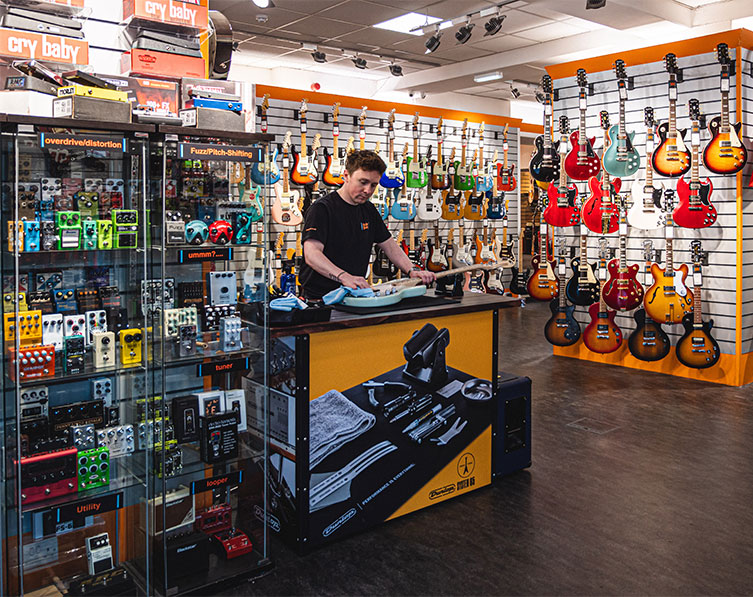
We’ve put together the ULTIMATE list of the most essential guitar gear and accessories to tick off the ones you already have and save the ones you’re wanting next!
Contents
- Guitar Essentials
- Guitar Tuner
- Guitar Amplifier
- Guitar Cable
- Plectrums (Picks)
- Guitar Strap
- Guitar Stand
- Guitar Bag / Hard Case
- Capo
- Spare Guitar Strings
- Pick Holder
- Winder/Cutter
- Cleaning Products
- Toolkit
- Straplocks
- Metronome
- Earplugs
- Humidifier
- Guitar Slide
- Headphones
- Wall Hanger
- Music Stand
- Guitar Pedals
- Pedalboard
- Power Supply
- Patch Cables
Guitar Essentials
1. Guitar Tuner
This may be an obvious thing for some players, but tuner can be a total 'wow' moment for a beginner. A little clip-on tuner is an absolute must-have guitar accessory, even for those of you who are trained to tune by ear. A digital tuner gets your guitar pitch-perfect in 10 seconds flat and it’s a device that can last you a very long time.
You can get a simple battery-operated one for as little as a fiver or invest in a durable rechargeable model if you prefer - these actually aren’t that much more expensive yet totally worth it.
Having a stomp box tuner on your pedalboard is also a must, by the way. But even with that, we can guarantee you a clippy little number will save you in hurried situations!

2. Guitar Amplifier
Although acoustic guitar players can get away without an amp, electric guitarists won’t. If you want to shred your heart out and experiment with tones, you MUST have an amplifier. If you’re just starting out, a little 10 - 20 watt modelling amp for your bedroom is all you need to start with. Some of our recent best selling amps are: Positive Grid Spark 40, BOSS Katana 50, Blackstar ID Core and a handy little Fender Mustang Micro plug-in headphones amp. If you’re an advanced player then, well, you already know!
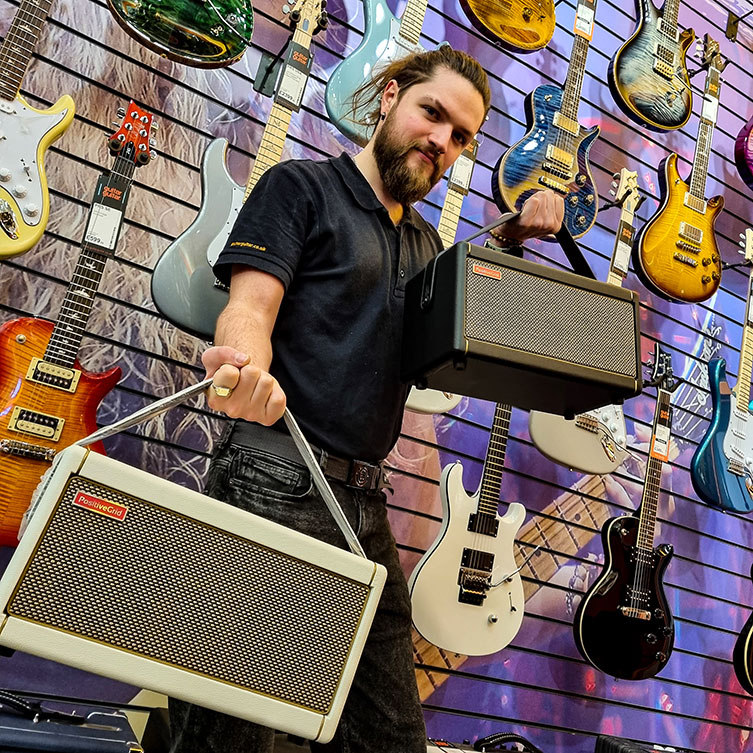
3. Guitar Cable
Guitars need to be connected to their amps somehow, right? Right. And you do so by plugging in a 1⁄4'' jack-to-jack cable. You can get them in many lengths, depending on how far you’ll be from the amp - 10ft is more than enough for home use, but if you’re playing a gig you may want to go for a 20ft or longer.
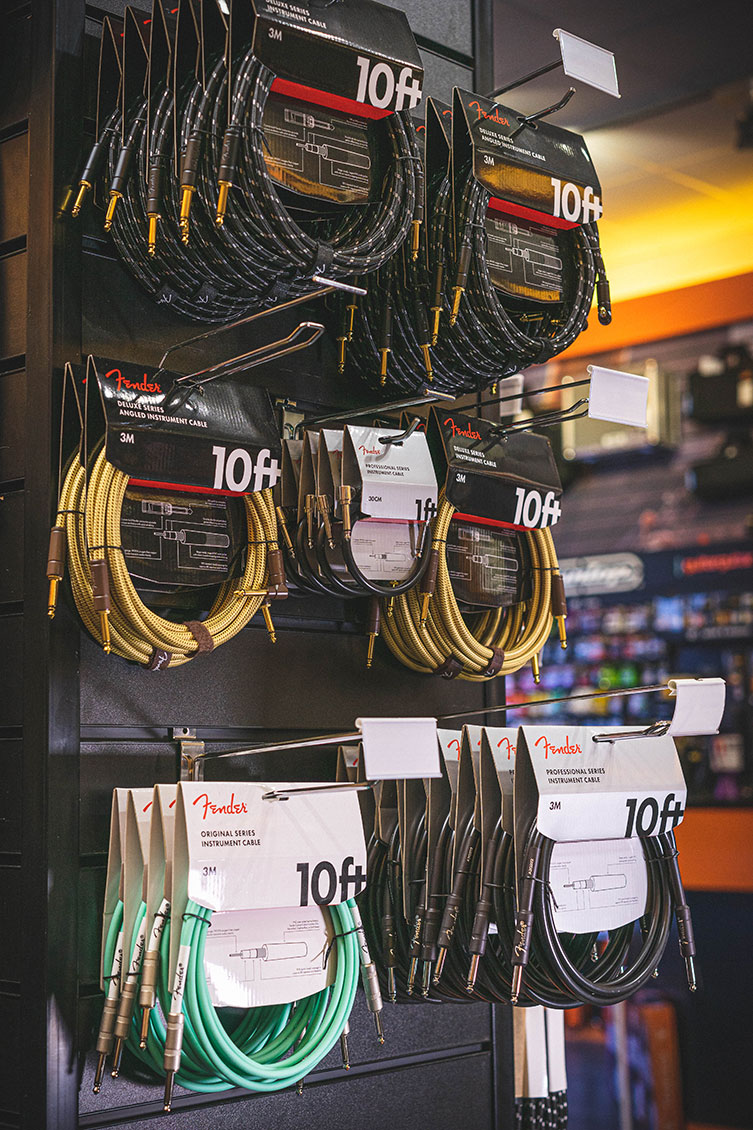
4. Plectrums (Picks)
You’ll keep losing them, you’ll keep finding them in random places: guitar picks. There are plenty of options when it comes to plectrums, from overall shape to thickness; from finish to colour and even how pointy the tip is - there isn’t one golden rule as to what pick to choose. It really is down to your personal preference.

Generally speaking, acoustic guitarists usually tend to go for thinner nylon picks which work well against phosphor bronze strings (e.g. grey Dunlop 0.60) whereas electric guitarists would most likely go for something thicker to help with a good attack on their right hand movement (e.g. green Tortex 0.88 for rhythm / power chords or red Jazz III for the more shreddy types). Best advice? Get yourself a bunch of different plectrums and see what works for you.
5. Guitar Strap
Now here’s where it begins to become more fun. Your guitar strap is not only an important part of your craft (you WILL want to stand up eventually to rock out) but it is also a way of expressing your individuality. There are literally hundreds of different designs on the market, with varied thickness and adjustable length. If you find your guitar heavy, opt for a wider strap to help distribute the weight on your shoulder (you’ll thank your younger self in a few years’ time!)
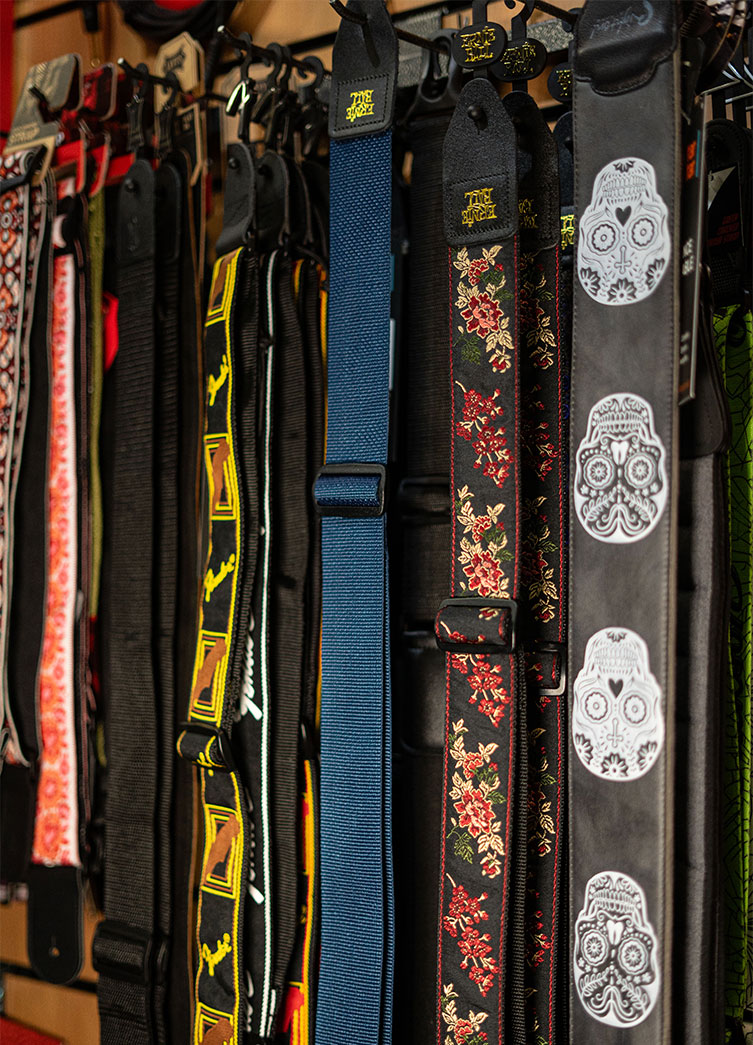
6. Guitar Stand
Your guitar is your pride and joy and you may want to have it on display so you can admire it but also so you can feel encouraged to pick it up and practice. There is nothing more off putting than having to go dig out the case, open it up and set up your practice session. Having your guitar always at hand increases your motivation (we don’t have official data on that research but we can swear by it from experience). So get yourself a nice stand and display your guitar in your musical corner.
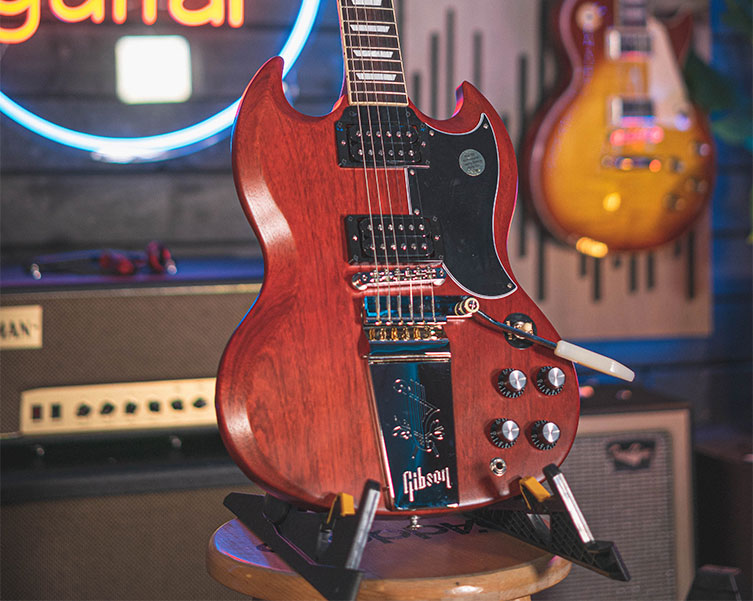
7. Guitar Bag / Hard Case
There will be times when you do need to put your guitar away and you don’t want to start panicking looking for bin bags or sheets to protect it with. Or if you go to a lesson/gig… you can’t just carry your guitar in your hand! If your sweet axe didn’t come with a case, make sure you invest in one asap. Our friendly staff would normally recommend you the right option upon purchase so don’t shy away from listening to their advice! A soft padded bag is best for moving about (they generally have backpack-like straps). A hard case can be a little uncomfortable to walk around town with but surely is the best option if you’re travelling by car or plane (make sure your case is impact resistant - check our Hiscox range if you’re flying often).
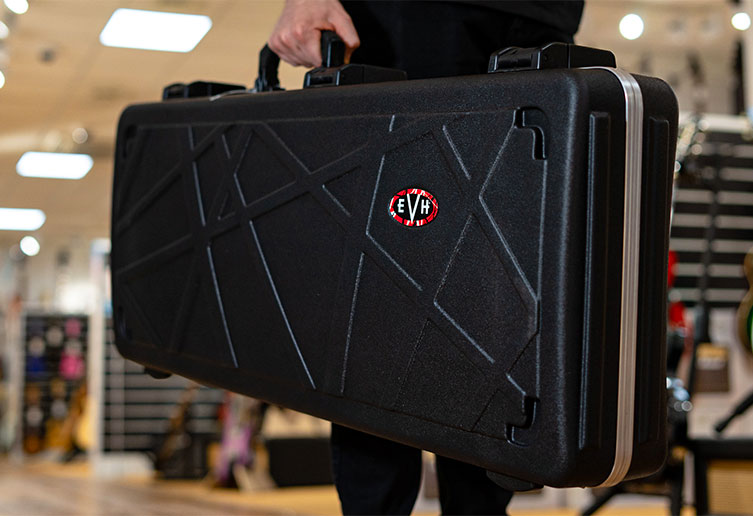
8. Capo
Metalheads, you may skip to the next point.
Used predominantly by acoustic strummers but still useful to players of all stripes, a capo (short for capodastro, trivia fans) effectively replaces the nut of your guitar wherever you place it on the instrument's neck. This can help with swift key changes, for example, or for re-pitching a song to better suit a particular vocal. Plenty of options as per, spring-loaded capos are most commonly used and can last many years (unless you keep losing it, so best get yourself 2!)

9. Spare Guitar Strings
There is nothing worse than feeling vibed up to go play your guitar only to break a string and realise you have no spare guitar strings. So please always and we mean ALWAYS have a spare set of strings at the ready. Even if you’ve already cracked a set open to change your high e last week, replenish with a fresh set asap. If you know you tend to break one string in particular, stock up on spares of that string predominantly. If you don’t know how to change them yourself, pop in and get your guitar re-strung by our technician.
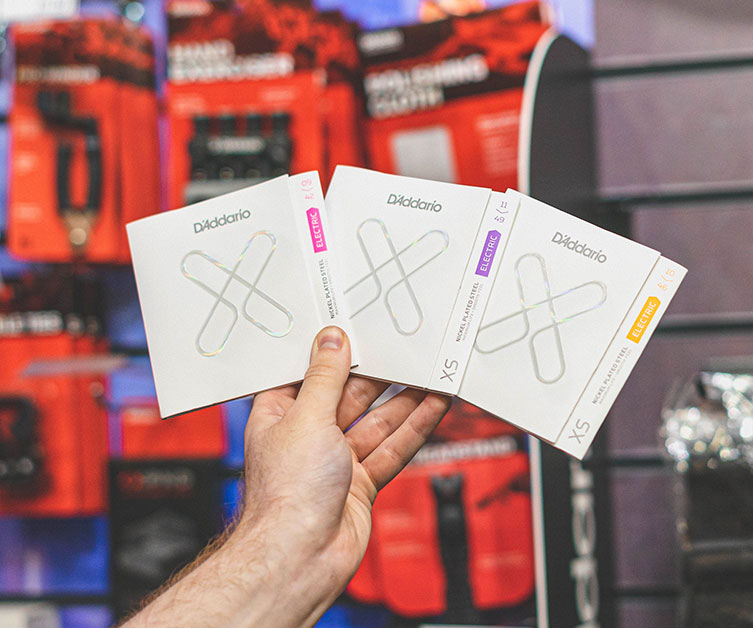
We also often host maintenance masterclasses so keep an eye out on the next one and book yourself a free slot. We’ll show you the basics so you can manage emergencies like that with no problem. Like many things in life, it's easy when you know how!
10. Pick Holder
It is certainly a great invention. If you’ve got no pockets, a pick holder comes to save the day. If you rock hard on stage and the pick flies out of your hand, a pick holder comes to save the day again (you can attach it to your strap loop or get a version that slides onto the microphone stand).
11. Winder/Cutter
Changing strings can be tricky if you don’t have the right tools. Home pliers will do the job but regular scissors won’t. Best thing to do is get a 2-in-1 string cutter & winder next time you’re in for a spare set of strings. It's easy to use and it speeds the job up, too!
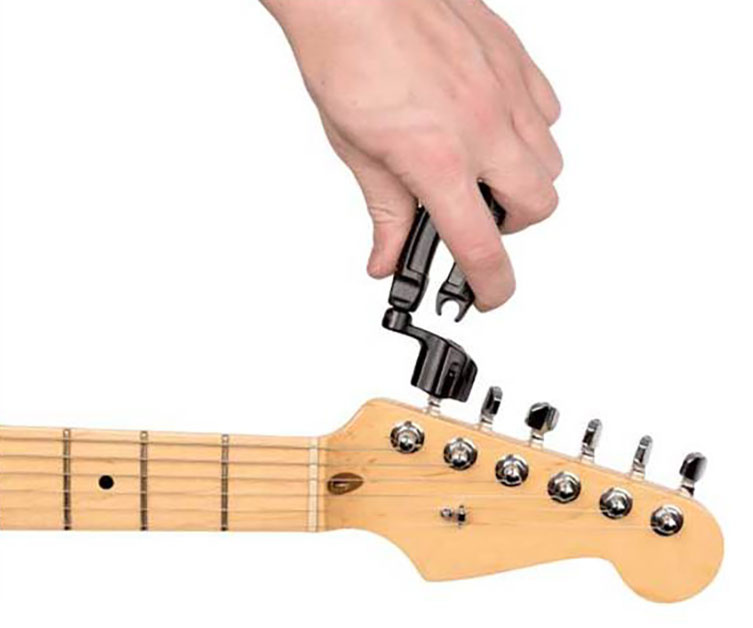
12. Cleaning Products
Dust, sticky fingers, accidental spillage… our guitars get dirty just like anything else and need to be looked after (if you want them to last you a while, that is). A simple microfibre or polish cloth can do wonders but if you’re serious about your 6-string baby, grab a cleaning spray, lemon oil and other cleaning essentials to keep the guitar in best condition. Check out the MusicNomad range, there's nothing they don't offer!

13. Toolkit
One for the geeks? Certainly, but you’ll find that even if you’re not the most techy person, you’ll need to use some tools on your guitar at some point. A truss rod key tends to come with most new guitars since truss rod adjustments are inevitably going to be required through normal use - wooden instruments react to weather changes and your guitar neck will create a bow / arch depending on the season or storage circumstances. Adjusting the truss rod is a quick and easy way to get your guitar back in shape. But remember, if you don’t know how to do it, don’t just try it as you may do more harm than good! Don’t hesitate to bring your precious guitar for a setup to our technician or sign up to our next available maintenance workshop to learn the basics of adjustments from the professionals.
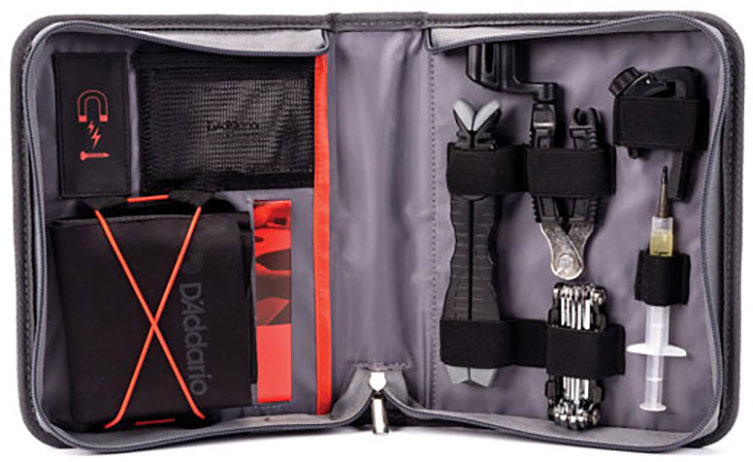
14. Straplocks
You may think you don’t need straplocks at all but that doesn’t mean they’re not essential. If you’re rocking out live on stage, you better get a set of straplocks! Straps can easily come off with sudden movements resulting in your guitar dropping from your shoulder. Straplocks prevent this from happening. You can get a pair of metal ones (Schaller does some sturdy ones!) or colourful foamy little numbers by Ernie Ball. They both do a great job!
15. Metronome
Sounds like an old school one but without a metronome your practice will never be fully effective. You can surely download an app on your phone but to keep your phone free for other things (playing backing track etc) then best get a physical digital metronome. Easy-peasy.
16. Earplugs
Earplugs should be in every musician’s toolkit, whether you’re playing live or not. You’re most likely going to loud gigs as an audience anyway, right? Yup. Keep your hearing protected at all costs because you’ll need it for a lifetime. Grab a set of Crescendo earplugs - they come in 2 sizes and with a handy keyring holder, or a set of Planet Waves Pacato.
17. Humidifier
Okay, this one is mainly for acoustic guitar players. The construction of your instrument makes it vulnerable to temperature changes and the humidifier is your best friend when it comes to keeping your guitar in perfect condition. It’s a little liquid-filled pack you place in your case/against your soundhole. It protects your instrument against warping, cracks and other damage caused by lack of humidification. Bonus item: hygrometer. This device shows the humidity level in your room so that you can keep an eye on the situation. The recommended humidity for acoustic instruments is between 45% - 65%.
18. Guitar Slide
Great fun for all players: a slide. Slide is one of the oldest forms of guitar effects known to man and one that is widely used to this day. A slide is used on your strumming hand’s ring finger (or pinky if you prefer). The most popular is a glass slide hence why many guitarists refer to bottleneck slide playing) but you can also get them in brass, chrome or ebony.
19. Headphones
Headphones are a great way to practise playing through your amp late at night if you don’t want to disturb other people. Most modern modelling amps have headphone output. You will eventually need a good set of headphones when you start recording your music, too! Roland RH5 are inexpensive and the perfect starting point for any musician, but if you wish to invest in a more professional product, you may want to check out our Audio Technica range!
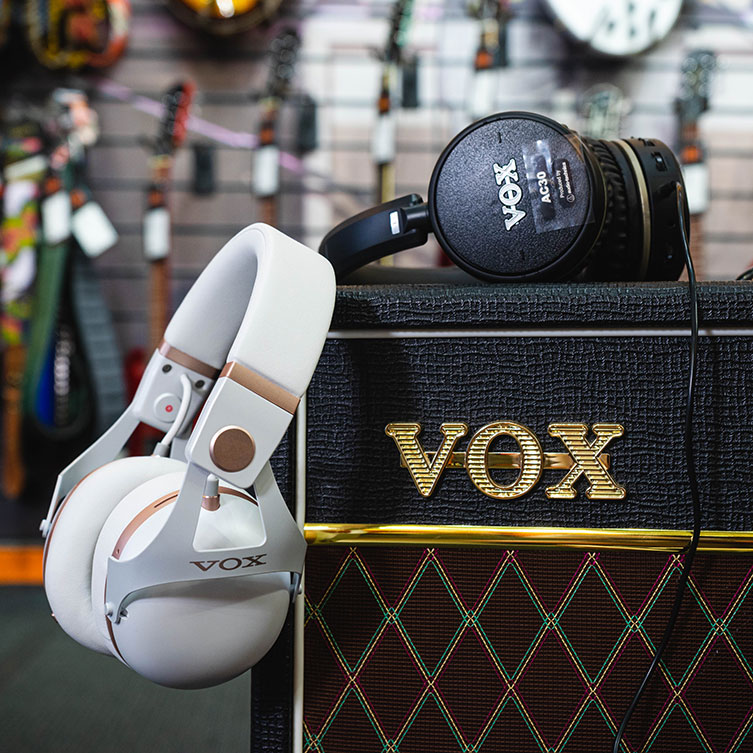
20. Wall Hanger
If you don’t want a floor-sitting stand for any reason (running dogs or children posing potential threat to your instrument), then get yourself a wall hanger instead. It’s also a great way to decorate your music room!

21. Music Stand
Whether you’re using books or sheets of paper to read music from, or you’ve moved onto ipad for sourcing your notes, a music stand comes handy when it comes to practice time.
22. Guitar Pedals
Yas! We’re finally here. You’ve ticked all the boxes of the standard kind and we’ve entered the cool land of effect stomp boxes. Oh it is fun here! You can get as many or as little as you want, you can collect them, change them and rearrange them as you please. Go for a multi effects processor if you want a lot of sound options or grab the essential distortion + reverb pedals and strum away. You can’t go wrong with BOSS DS-1 for your first distortion and a simple budget reverb by Landlord on top of that. But if you want to explore more options, check out our essential pedas blog here.

23. Pedalboard
If you end up with a serious addiction to pedals, you will need a pedalboard to keep them all in nice order. Pedalboards come in plenty of sizes so pick one that can accommodate your current setup + one. You’ll always be better with an extra space rather than not enough. Ordo offers great budget options or you can go with the industry standard Pedaltrain.
24. Power Supply
Even if you only have one pedal in your collection, you’ll need to power it up somehow. Sure, most brands equip their stomp boxes with battery slots but you’ll save yourself money in the long run if you just invest in a good 9v power supply. Or if you already have a hefty pedalboard, check out isolated power supplies with multiple inputs.
25. Patch Cables
You’ll need these to connect your pedals in the signal chain. two pedals need one patch cable, three pedals need 2 patch cables and so on. The shorter the cables the neater your pedalboard.
So there you go! Nice and easy, all the guitar essentials in one place. Now you’ve got yourself a good reference check for your next guitar shop visit (or birthday wishlist) and you’ll be prepared for every situation on your next gig. Before you know it, your little guitar world starts taking shape, your confidence is boosted and you’re ready to give advice to the next generation of guitarists!






